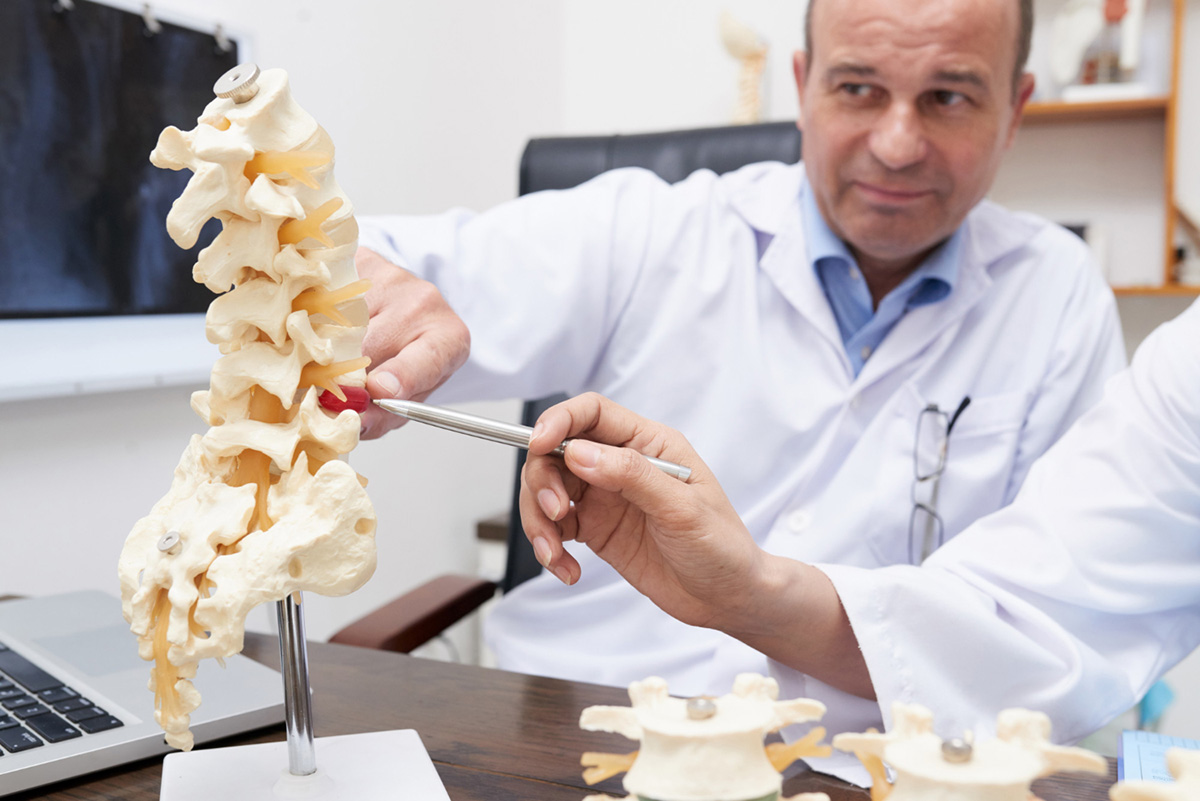Understanding Different Approaches to Lumbar Discectomy Surgery

Lumbar discectomy surgery is a minimally invasive surgical procedure that treats herniated discs in the lower back. This procedure is necessary when conservative treatment options do not provide relief, and the pain becomes too intense. If you are suffering from lumbar disc herniation, you may be wondering about your surgical options. This blog post will explore the different approaches to lumbar discectomy surgery to help you make an informed decision about your treatment.
The standard approach to lumbar discectomy surgery involves a 2-3 inch incision made in the middle of the lower back just above the buttocks. This procedure allows the surgeon to remove the herniated disc through the incision. While this approach has a high success rate, it may cause significant post-operative pain and a longer recovery time than other approaches.
Another approach to lumbar discectomy surgery is the endoscopic or minimally invasive approach. It involves a smaller incision and uses an endoscope, which is a small camera, to visualize the herniated disc. This technique results in less scarring, less post-operative pain, and a faster recovery time compared to the standard approach.
Microdiscectomy is another surgical technique used to treat lumbar disc herniation. It involves the use of a microscope or magnifying lens to visualize the herniated disc through a small incision in the middle of the lower back. The surgeon then removes the herniated portion of the disc through this incision. Microdiscectomy has a shorter recovery time and less pain than the standard approach.
The laser discectomy approach uses a laser to remove the herniated portion of the disc. The laser is inserted through a small incision, and the herniated disc is vaporized with the laser's heat. This approach has not been shown to be any more effective than other approaches, and there is a risk of nerve damage due to the laser's heat.
Finally, the percutaneous discectomy approach involves the removal of the herniated portion of the disc using a hollow needle inserted through the skin into the disc. This approach has a faster recovery time, but it may not be effective for all types of herniated discs.
Conclusion:
In conclusion, lumbar discectomy surgery is a viable option for treating lumbar disc herniation. The approach you choose depends on your specific condition, and your surgeon's recommendation will ultimately guide you in the right direction. If you are suffering from lumbar disc herniation, consult with an experienced orthopedic surgeon at Central Florida Bone & Joint Institute in Orange City to discuss your surgical options. The surgeons at the institute have years of experience in treating spine conditions and are always ready to help you find the best treatment plan for your needs.